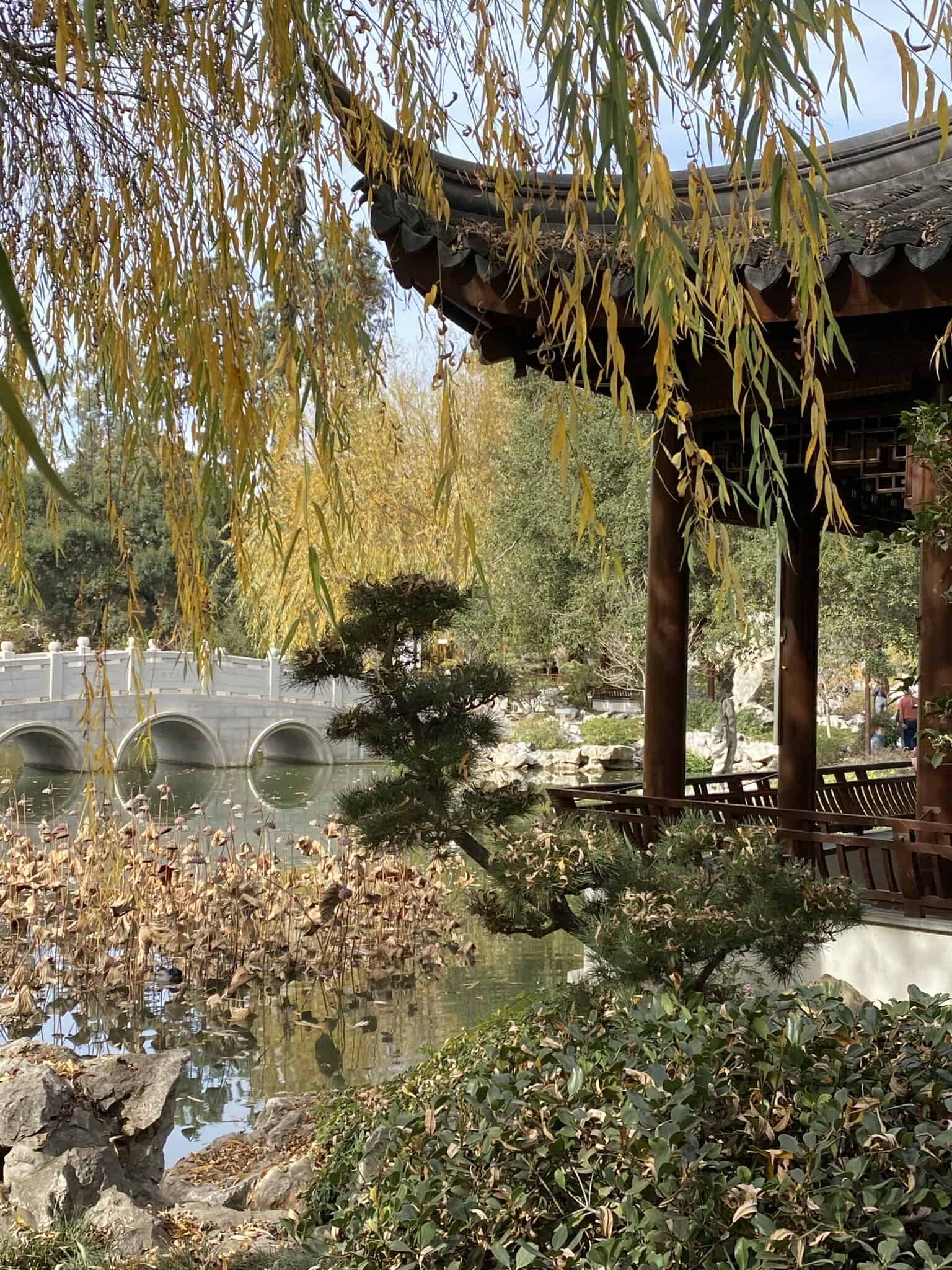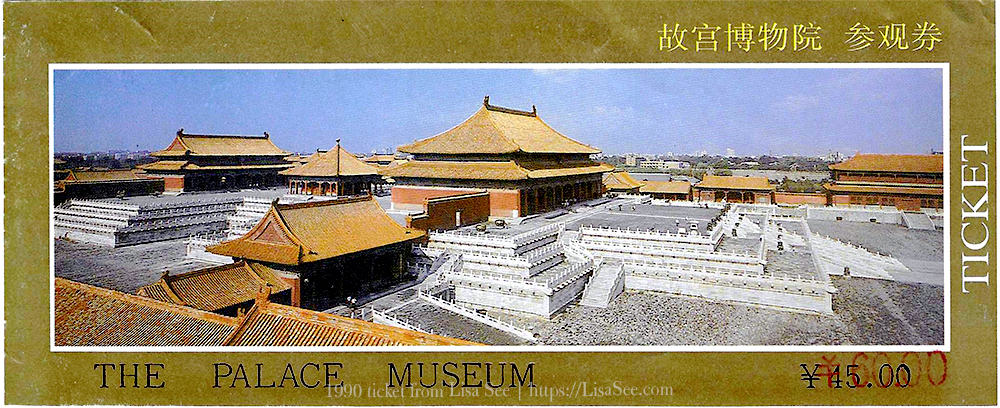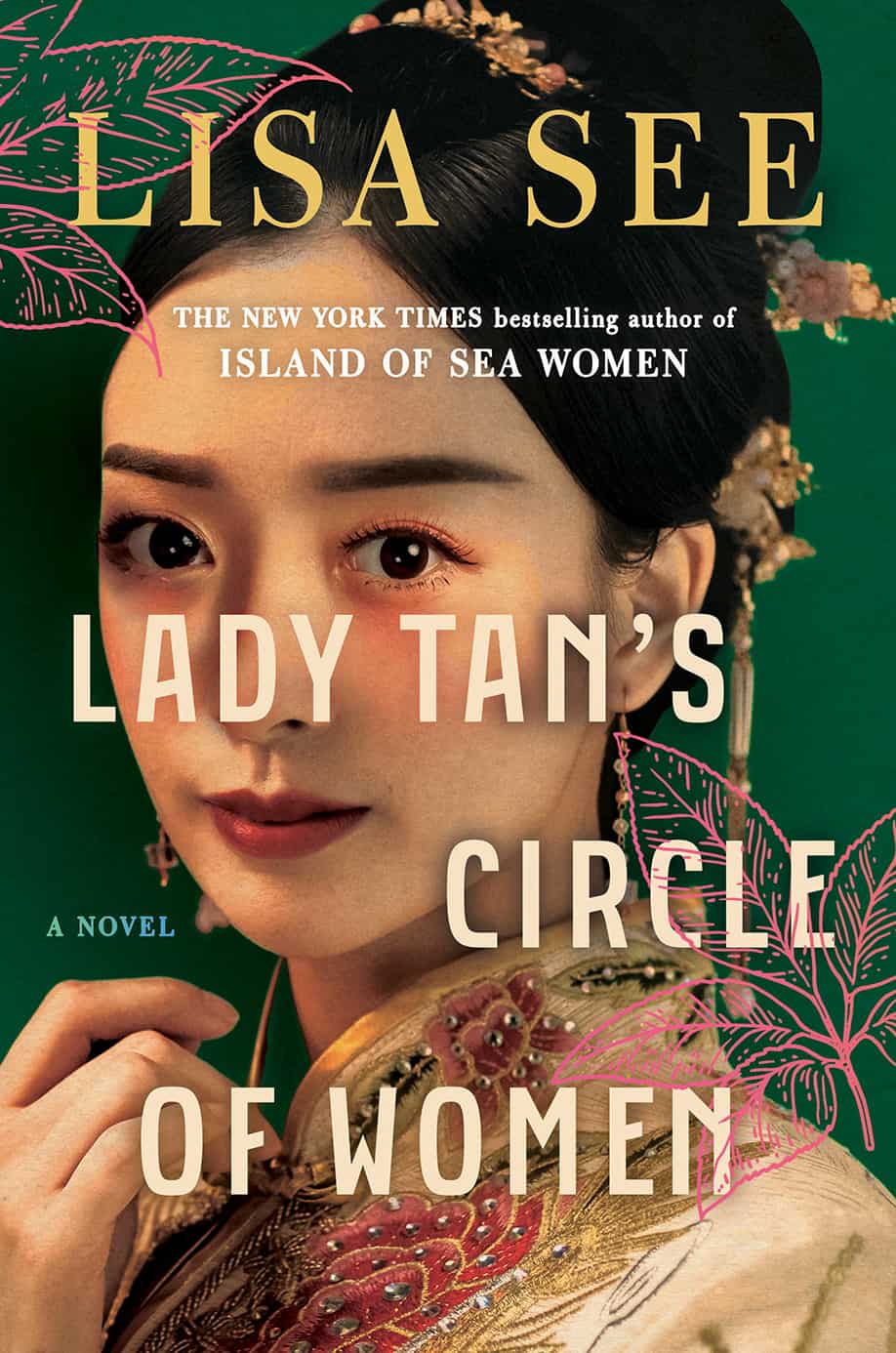Discover Lady Tan’s World
Use the tabs to navigate through the Lady Tan’s World.
Part 1: Lady Tan and Traditional Chinese Medicine
- Tan Yunxian
- Traditional Chinese Medicine
- The Four Examinations
- The Five Depot Organs
- The Five Elements
- Pulse-taking
- Traditional Chinese Medicinal Herbs
- Angelica
- Atractylodis
- Forsythia
- Ginseng
- Honey Locust Fruit
- Licorice Root
- Lovage
- Mugwort
- Poria Mushroom
- Radish Seeds
- Rehmannia
- White Peony Root
- Moxibustion
- Small Pox and Variolation
Part 2: Historical Ming China
- Ming Dynasty
- History of the Ming Dynasty
- Traditional Hanfu
- Makeup and Hair
- Imperial Scholars
- Imperial Exams
- Civil Badges
- Military Badges
Part 3: Traditions and Culture
- Marriage Bed
- Confucius
- Forensics and Punishments
- The Washing Away of Wrongs
- Cangue
- Punishments and Tortures
- Foot Binding
- Concubines and Eunuchs
- Concubines
- Eunuchs
- Weddings
- Wedding Costume and Headdress
- Three Letters
- Six Etiquettes
- Child Bearing
- Midwives
- Childbirth
- Funerals
- Dragon Boat Festival
- Tea
Part 4: People and Places
- Garden of Fragrant Delights
- Humble Administrator’s Garden
- Qiao’s Family Compound
- Places
- Grand Canal
- Sampan
- Wuxi
- Lake Tai
- Forbidden City
- People
- Emperor Hongzhi
- Empress Zhang
Bibliography and Sources
Chinese Medicine
Traditional Chinese Medicine:
Journal: “Chinese Medicine During the Ming Dynasty (1368 – 1644 A.D.)”. Chinese Medical Journal, vol 76, issue 2. January 1958.
The Four Examinations:
Source: Wang, L.F. Diagnostic of Traditional Chinese medicine. A newly compiled practical English-Chinese library of Traditional Chinese Medicine, Shanghai University of TCM press, 2002.
Website: Hong Kong Polytechnic University. University Health Services.
Website: Project Concern Hong Kong.
The Five Depot Organs:
Website: Traditional Chinese Medicine World Foundation: The Five Major Organ Systems.
Website: Institute for Traditional Chinese Medicine: Introduction to the Five Major Organs.
The Five Elements:
Article: Mayer, Beth Ann. “The Five Elements: What Science Has to Say About This Chinese Medicine Theory” Healthline. 18 October 2021.
Website: Traditional Chinese Medicine World Foundation: Five Element Framework.
Pulse-taking:
Article: “Traditional Chinese Medicine Pulse Diagnosis on a Smartphone Using Skin Impedance at Acupoints: A Feasibility Study”. National Library of Medicine: National Center for Biotechnology Information. 17 August 2020.
Book: Tang, Anson Chui Yan. “Review of Traditional Chinese Medicine Pulse Diagnosis Quantification” from Complementary Therapies for the Contemporary Healthcare, edited by Marcelo Saad and Roberta de Medeiros. 17 October 2012.
Herbs:
Article: “Atractylodes Health Benefits: Chinese Medicine.” TCM Blog.
Article: “In Traditional Chinese Medicine, Ginseng Is King of Tonic Herbs.” Smithsonian Folklife Festival. 13 May 2020
Article: “Let’s Talk About The White Peony Root (Bai Shao).” DAO Labs. 13 Aug 2019.
Article: “Lovage (Chuan Xiong).” Chinese Herbs Healing. 2 Dec 2022.
Article: “Poria (Fu Ling).” White Rabbit Institute.
Article: “What is Weeping Forsythia (Forsythia Suspensa)?” All Things Health.
Article: Chen, Yelang. “What is Chinese Mugwort used for?”. Son of China. 29 Jun 2022.
Article: Goldman, Rena. Rehmannia: A Chinese Mystery. Healthline. 10 Oct 2014.
Article: Mao. Chinese Honey Locust. Ask Dr Mao: The Natural Health Search Engine.
Article: Raymond, Alex. “Radish Seeds (Lai Fu Zi) – The Potent Punch Among Chinese Herbs.” DAO Labs. 22 May 2017.
Website: Chinese Licorice Root. All Things Health.
Moxibustion:
Article: Deng, Hongyong, and Shen, Xueyong. “Moxibustion in Early Chinese Medicine and Its Relation to the Origin of Meridians: A Study on the Unearthed Literatures”. National Library of Medicine: National Center for Biotechnology Information. 19 Feb 2017.
Small Pox:
Article: Carter, James. “How a cataclysmic plague marked the end of Ming China” The China Project: Society and Culture. 30 Dec 2020.
Bibliography and Sources
Historical Ming Dynasty China
Ming Dynasty History:
Article: Cartwright, Mark. Ming Dynasty. World History Encyclopedia. 6 Feb 2019.
Clothing:
Wikipedia: Ruqun. (https://en.wikipedia.org/wiki/Ruqun)
Wikipedia: Qixiong Ruqun. (https://en.wikipedia.org/wiki/Qixiong_ruqun)
YouTube Playlist: How to Wear Hanfu | Traditional Chinese Clothing. channel: Five Thousand Years. 9 Videos. 11 Jan 2022.
YouTube Video: Make a Horse Face Skirt Handed Down Ming and Qing Dynasties, Feel the Beauty of the East! channel: 鲁磊 LuLei. 29 Aug 2022.
Hair and makeup:
Article: Donglei Li, Hui’e Liang & Adele Zhang (2022) Flaunting and Consumption: Women’s Headdress in the Ming Dynasty of China, Fashion Theory, 26:3, 383-398, DOI: 10.1080/1362704X.2021.1972631 5 Oct 2021.
YouTube Video: Make natural lipstick with flowers 用鲜花给自己做了套胭脂,原来古代的胭脂眉黛膏是这样做出来的 channel: 李子柒 Liziqi. 12 Sep 2017.
Imperial Scholars:
Wikipedia: Imperial Scholars. (https://en.wikipedia.org/wiki/Scholar-official)
Imperial Examinations:
Article: Cartwright, Mark. “The Civil Service Examinations of Imperial China.” World History Encyclopedia. 8 Feb 2019.
Article: Theobald, Ulrich. “The Chinese Imperial Examination System.” China Knowledge.de: An Encyclopædia of Chinese History, Literature and Art. 26 Nov 2011
Source: “Ming Dynasty Examinations” by Mark Cartwright, Ancient History Encyclopedia
Wikipedia: Imperial Examinations. (https://en.wikipedia.org/wiki/Imperial_examination#Ming_dynasty)
Civil and Military Badges:
Source: Rank and Style: Power Dressing in Imperial China. USC Pacific Asia Museum.
Source: “Ming Dynasty Rank Badges” by Henny Scott, The Metropolitan Museum of Art
Source: QING-DYNASTY RANK BADGES AT THE UNIVERSITY OF MICHIGAN. Umma Exchange.
Bibliography and Sources
Traditions and Cultures
Marriage Bed:
Article: Li, Carrie. “The Age of Elegance: Ming Dynasty Furniture.” Sotheby’s. 25 September 2020.
Article: Red, Pagoda. Chinese Beds: Rooms Within Rooms. Medium. 4 April 2010.
Confucius:
Article: Chin, Annping. Confucius: Chinese Philosopher. Britannica. 20 July 1998.
Article: Rattini, Kristin Baird. “Who Was Confucius?” National Geographic. 26 March 2019.
Forensics and Torture:
Article: Chin, Annping. Confucius: Chinese Philosopher. Britannica. 20 July 1998.
Article: Jiahui, Sun. “Death by Flaming Shoes and Hundred Cuts: Disturbing Methods in Ancient Chinese Torture.” The World of Chinese. 8 April 2023.
Article: Minh, Le Thanh. Washing Away of Wrongs-The First Forensic Science Book Ever Written in the World. WorldKings.org: World Records Union.
Article: Seaver, Carl. “The History of Punishment and Torture in Ancient China.” History Defined. 22 July 2022.
Image Gallery: Images of Cangue. Granger Historical Picture Archive.
Website: Chinese Torture 酷刑 Kù xíng. Chinasage.
Wikipedia: Cangue. (https://en.wikipedia.org/wiki/Cangue)
Wikipedia: The Five Punishments. (https://en.wikipedia.org/wiki/Five_Punishments)
Foot Binding:
Website: Main Types of Chinese Lotus Shoes. Textile Research Centre Leiden.
Concubines and Eunuchs:
Article: Cartwright, Mark. “Eunuchs in Ancient China” World History Encyclopedia. 27 July 2017.
Article: Graham-Harrison, Emma. “China’s last eunuch spills sex secrets” Reuters. 16 March 2019.
Article: Parkes, Veronica. “The Ming Dynasty Concubines: A Life of Abuse, Torture and Murder for Thousands of Women.” Ancient Origins. 2 July 2018.
Article: Mingren, Wu. “The Fascinating Life of a Chinese Eunuch in the Forbidden City” Ancient Origins. 5 August 2020.
Weddings:
Article: “How to Prepare a Chinese Hanfu Wedding (Ming-style).” NEWHANFU. 6 March 2021.
Article: “Ming Dynasty Wedding Dress: 明新娘服.” Dragon’s Armory. 23 December 2020.
Article: “Three Letters and Six Etiquettes of Chinese Marriage” Keats: Learn Chinese in China.
Article: Li, Zhang (Staff Reporter) “Traditional Han Chinese Marriage Customs” China Today. 2 March 2016.
YouTube: “鄧麗君 Teresa Teng 上花轎 Getting On The Flowery Sedan Chair” Channel: HKships4TeresaTeng2. 23 July 2021.
Child Bearing:
Article: Callister, Lynn Clark, PhD, RN, FAAN. “Doing the Month: Chinese Postpartum Practices” MCN, The American Journal of Maternal/Child Nursing. p. 390. November 2006.
Article: Mulder, Tara. “Midwifery in Modern China” Medium. 12 December 2018.
Wikipedia: Childbirth in China. (https://en.wikipedia.org/wiki/Childbirth_in_China#Birth_Attendants)
Funerals:
Article: Chinese Funeral Customs. China Culture.
Article: “A Complete Guide to Traditional Chinese Funeral Customs” Dignity Memorial.
Article: Mack, Lauren. Chinese Funeral Traditions. ThoughtCo. 28 January 2020.
Website: Traditional Chinese Funeral Arrangements. BuddhaNet.
Dragon Boat Festival:
Article: Meredith, Anne. “The History and Modern Practice of the Dragon Boat Festival“. Chinese Language Institute (CLI). 27 March 2022.
Website: THE CHINESE DRAGON BOAT FESTIVAL. China Family Adventure.
Website: Guozhen, Yang and Liu Fang. Paintings About the Dragon Boat Festival. ChinaCulture.org.
Wikipedia: Dragon Boat Festival. (https://en.wikipedia.org/wiki/Dragon_Boat_Festival)
YouTube: Dragon Boat Festival. Channel: Smithsonian Folklife. 14 April 2020.
Bibliography and Sources
People and Places
Garden of Fragrant Delights:
Location: Chinese Garden at the Huntington Library and Botanical Gardens, San Marino, CA,
Administrator’s Humble Garden:
Location: Humble Administrator’s Garden – Archetype of Imperial Gardens
Qiao’s Family Compound:
Location: Qiao’s Family Compound (Qiao Jia Dayuan) – The Most Famous Ancient Dwelling in China.
Places:
Article: Allnut, Roger. “Via China’s Grand Canal, Navigating Wuxi’s Historical Sights.” Travel Weekly. 13 October 2010.
Article: Quan, Chris. “Forbidden City: Highlights, Secret of the Name, Facts.” China Highlights. 4 November 2022.
Photo: Sampan on the Yangtze River (Chang Jiang). Wikimedia. September 2002.
Website: Grand Canal. Epic World History: Expanding the World into First Global Age. July 2013.
Website: Tai-Hu (Lake Tai). World Lake Database.
Wikipedia: William Alexander. (https://en.wikipedia.org/wiki/William_Alexander_(painter))
YouTube: Grand Canal on Wuxi. Channel: TravelChinaGuide. 23 May 2012.
YouTube: The Grand Canal – UNESCO World Heritage Site. Channel: World Heritage Journey. 12 December 2019.
YouTube: The Venice of China – the Wuxi Section Ancient Grand Canal – Beijing Hangzhou Grand Canal. Channel: CandorBlog. 25 November 2018.
People:
Image: Empress Zhang (中文(中国大陆):作者已经去世超过200年,作品已经进入公有领域). Wikimedia Commons.
Image: Portrait assis de l’empereur Hongzhi. Wikimedia Commons.
Wikipedia: Emperor Hongzhi. (https://en.wikipedia.org/wiki/Hongzhi_Emperor)
Wikipedia: Empress Zhang (Hongzhi). (https://en.wikipedia.org/wiki/Empress_Zhang_(Hongzhi))
YouTube: Empress Zhang – The Hongzhi Emperor’s Only Wife. Channel: The Royal Women. 30 July 2022.
Photo and Video Gallery





This was Lisa’s first excursion during the Covid-19 pandemic.



You can see the snowy courtyard behind her.
Video
Click three-dot button in the video for more options
The Chinese Garden at the Huntington in San Marino where the still photos were taken—one of Lisa’s first excursions during the Covid-19 pandemic.



